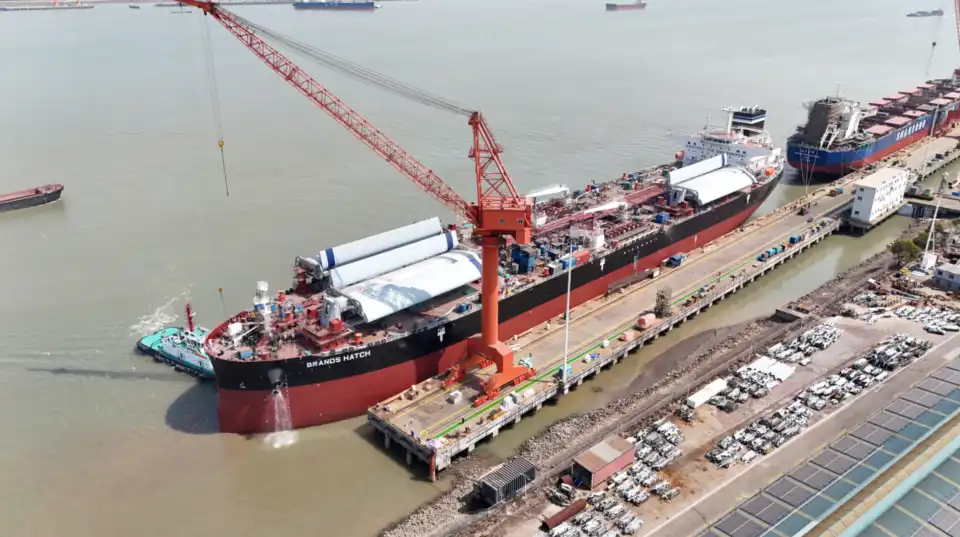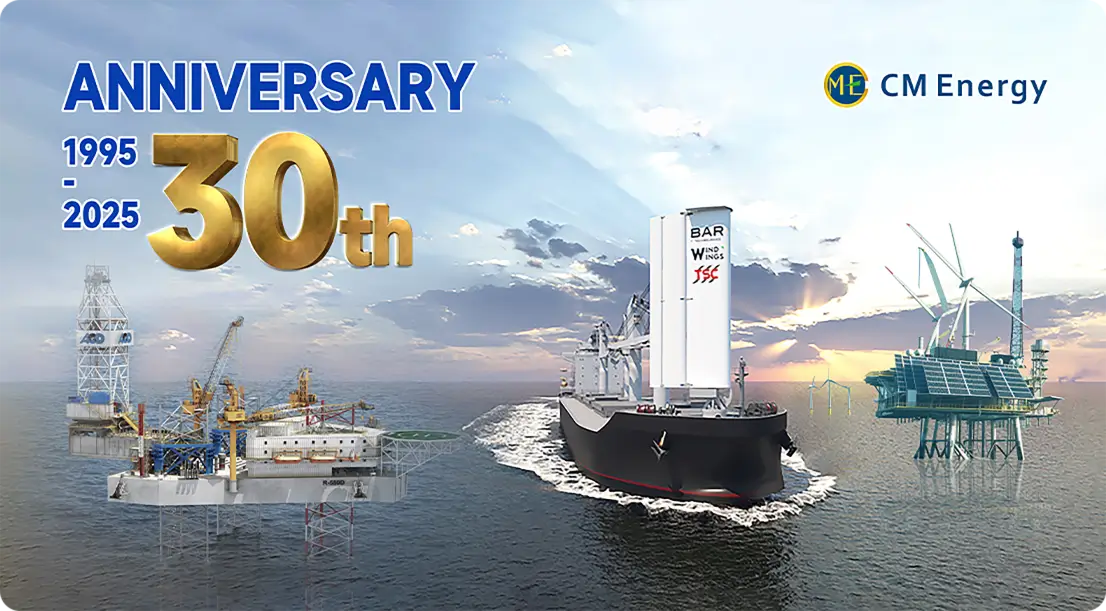How does the IMO support wind-assisted propulsion?
The International Maritime Organization (IMO) has been increasingly supportive of wind assisted propulsion systems as part of its broader efforts to reduce greenhouse gas emissions from shipping. The IMO recognizes wind power propulsion as a viable and sustainable solution for the maritime industry. Through a combination of regulations, financial incentives, and standardization efforts, the IMO is actively encouraging the adoption of wind-assisted propulsion technologies. These initiatives aim to help the shipping sector meet ambitious targets for reducing carbon emissions and promoting more sustainable practices. By fostering innovation and supporting the development of green technologies like wind-assisted propulsion, the IMO is playing a crucial role in shaping the future of maritime transportation and addressing the urgent need for climate action in the shipping industry.

IMO Regulations Encouraging Green Shipping Technologies
The IMO has implemented several regulations that indirectly support the adoption of wind-assisted propulsion systems:
Energy Efficiency Design Index (EEDI)
The EEDI, introduced in 2011, sets mandatory energy efficiency standards for new ships. This regulation encourages shipowners to consider innovative technologies, including wind power propulsion, to meet the required efficiency levels.
Carbon Intensity Indicator (CII)
Implemented in 2023, the CII measures the carbon efficiency of ships in operation. Wind-assisted propulsion systems can significantly contribute to improving a vessel's CII rating, making them an attractive option for shipowners looking to comply with this regulation.
Initial IMO Strategy on Reduction of GHG Emissions from Ships
This strategy, adopted in 2018 and revised in 2023, sets ambitious targets for reducing greenhouse gas emissions from international shipping. The strategy explicitly mentions wind propulsion as one of the potential solutions to achieve these targets.
Financial Incentives for Wind Propulsion Adoption
While the IMO itself does not directly provide financial incentives, it has created a framework that encourages member states and other organizations to offer financial support for the adoption of green technologies, including wind-assisted propulsion:
Green Shipping Fund
The IMO is pioneering direct financial support mechanisms specifically targeted at decarbonization. A significant proposal on the table is the establishment of a Green Shipping Fund. This initiative aims to create a substantial pool of capital dedicated to accelerating the maritime industry's transition by supporting the research, development, and, crucially, the real-world deployment of low and zero-carbon technologies. For shipowners and technology providers, this fund could be transformative, potentially offering grants or subsidies to offset the significant upfront capital expenditure associated with installing wind power propulsion systems on commercial vessels.
By de-risking these initial investments, the fund would directly encourage wider adoption and help bridge the cost gap between conventional and sustainable shipping solutions.
GHG TC-Trust Fund
Beyond proposed funds, the IMO has already operationalized financial vehicles like the GHG TC-Trust Fund. This fund focuses on technical cooperation and capacity-building, particularly for developing nations. Its indirect support for wind propulsion is vital. It can finance critical early-stage activities, such as comprehensive feasibility studies and pilot projects, which are essential for demonstrating the technology's viability and economic benefits to a skeptical industry.
By funding these preliminary steps, the GHG TC-Trust Fund helps build a robust case for wind propulsion, providing the necessary data and practical experience that can convince more shipowners to take the leap.
Collaboration with Financial Institutions
The IMO recognizes that public funds alone are insufficient to meet the scale of investment required. Therefore, it actively collaborates with major international financial institutions, including the European Investment Bank (EIB) and the World Bank. These partnerships are designed to leverage much larger pools of private capital. Through these collaborations, the IMO helps develop tailored financing mechanisms, such as green loans with favorable interest rates, guarantees, or blended finance structures.
For a shipowner considering wind-assisted propulsion, this could translate into accessible and affordable financing options, making the business case for investment significantly more attractive and accelerating the market penetration of these innovative technologies.
IMO's Role in Standardizing Wind Propulsion Systems
The IMO plays a crucial role in developing and promoting standards for wind-assisted propulsion systems, ensuring their safety, reliability, and effectiveness:
Guidelines for Wind Propulsion Systems
The IMO's Maritime Safety Committee (MSC) has been working on developing guidelines for the use of wind propulsion systems on ships. These guidelines aim to provide a standardized approach to the design, installation, and operation of wind-assisted propulsion technologies.
Collaboration with Classification Societies
The IMO works closely with classification societies to develop and harmonize rules and standards for wind propulsion systems. This collaboration ensures that these technologies meet rigorous safety and performance requirements.
Performance Verification
The IMO supports the development of standardized methods for verifying the performance of wind assisted propulsion systems. This includes establishing protocols for measuring fuel savings and emissions reductions achieved through the use of these technologies.
Conclusion
The International Maritime Organization's support for wind-assisted propulsion is multifaceted and comprehensive. Through regulations that incentivize energy efficiency and emissions reduction, the IMO has created a favorable environment for the adoption of wind propulsion technologies. While not directly providing financial incentives, the IMO's framework encourages member states and financial institutions to support the implementation of these systems. Furthermore, the organization's efforts in standardization and performance verification are crucial for ensuring the safe and effective integration of wind-assisted propulsion in the global shipping fleet. As the maritime industry continues to seek sustainable solutions, the IMO's ongoing support for wind propulsion technologies will play a vital role in shaping a greener future for shipping.
Harness the Power of Wind with CM Energy's Cutting-Edge Solutions
As the maritime industry shifts towards more sustainable practices, CM Energy, as a leading WAPS manufacturer, is at the forefront with our advanced wind assisted propulsion systems. Our patented three-element rigid sail system delivers unmatched fuel savings and significant emissions reductions, helping you comply with IMO regulations while enhancing your profitability. With global certification and comprehensive lifecycle support, CM Energy’s wind-assisted propulsion solutions are the key to navigating the future of green shipping. Seize the opportunity to transform your fleet’s efficiency and environmental performance. Contact us today at info.cn@cm-energy.com to learn how TSC can propel your vessels into a cleaner, more sustainable future.
References
- International Maritime Organization. (2023). "Initial IMO Strategy on Reduction of GHG Emissions from Ships." IMO Publications.
- Lloyd's Register. (2022). "Wind-Assisted Propulsion Systems for Commercial Vessels: An Overview." Lloyd's Register Technical Papers.
- Maritime Safety Committee. (2023). "Guidelines for Wind Propulsion Systems in International Shipping." IMO MSC Circular.
- Rehmatulla, N., et al. (2021). "Techno-economic assessment of wind-assisted propulsion for maritime decarbonization." Transportation Research Part D: Transport and Environment, 88, 102566.
- UNCTAD. (2022). "Review of Maritime Transport 2022." United Nations Conference on Trade and Development.
- World Bank Group. (2023). "Financing the Transition to Low-Carbon Shipping." World Bank Maritime Series.

